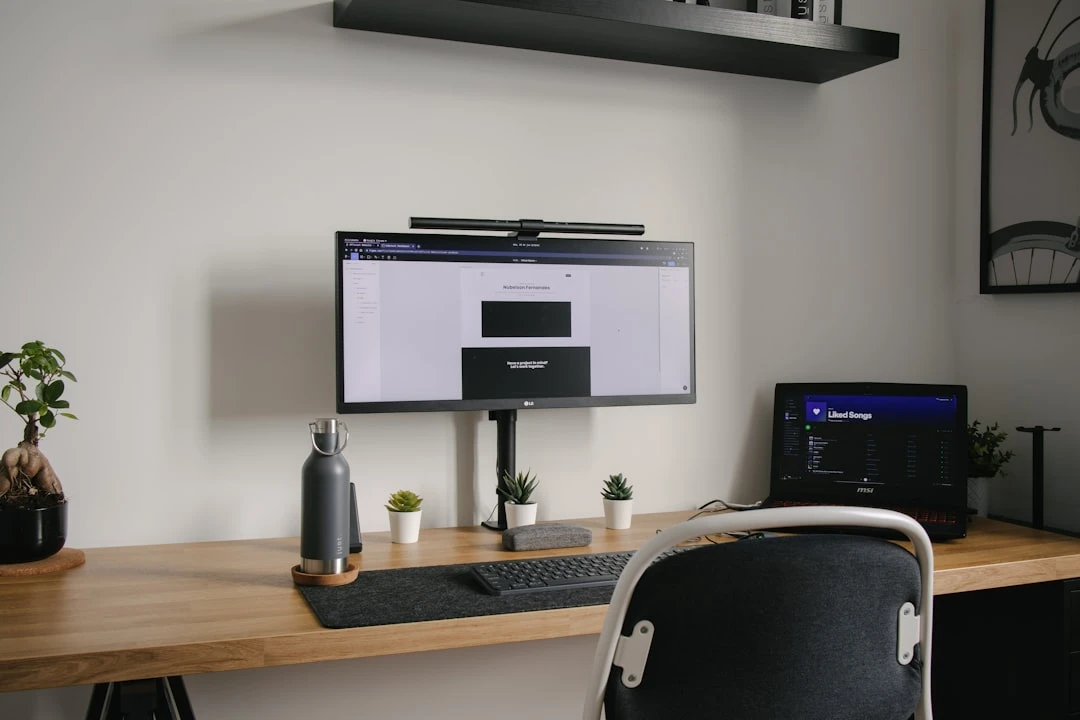5 Ideas on How to Hide Wires and Cables to Keep Your Home Tidy

Are you tired of seeing confusing electrical wires and cables in your home? The visibility of wires and cables can make even the best-furnished home look untidy. Fortunately, there are many practical and simple ways to hide wires and cables without having to hire a professional electrician. In this article, we share five simple and affordable solutions that you can implement in your home yourself.
1. Using cable channels
Cable channels are one of the most popular solutions for hiding cables, as they are affordable, easy to install, and work especially well on walls or baseboards.
Materials needed:
Cable channel (available in various sizes and colors)
Scissors or wire cutters
Tape measure
Double-sided tape or screws
Step-by-step instructions:
Measure the total length of cables you want to hide
Cut the cable channel to the appropriate length
Open the cable channel cover and place the cables inside the channel
Attach the cable channel to the wall with double-sided tape or screws
Close the channel cover
Estimated cost: 15-30€ (depending on the length and quality of the cable channel) Time required: approximately 30 minutes
Safety tip: Make sure the cable channel is not too tightly filled, as this can cause cables to overheat.

2. Organizing cables behind furniture
The space behind furniture is an ideal place to hide and organize wires. This solution is especially useful in the TV, computer, or home office area.
Materials needed:
Cable ties or velcro straps
Cable holders
Screws or double-sided tape
Step-by-step instructions:
Remove all cables and clean them of dust
Group similar cables together with a cable tie or velcro strap
Attach cable holders to the back of the furniture or to the lower part of the wall
Route the cables through the holders
Place the furniture back in place
Estimated cost: 5-15€ Time required: 45 minutes
Safety tip: Do not squeeze cables too tightly together or bend them at sharp angles, as this can damage the cables.

3. Using decorative boxes or containers
Decorative boxes are a simple way to hide a mess of wires, especially for extension cords or adapters. Plus, they are aesthetically pleasing and fit with any home interior design.
Materials needed:
Decorative box or container of appropriate size
Scissors
Ruler
Step-by-step instructions:
Choose an appropriately sized box that can hold the extension cord or adapters
Cut holes in the back or side of the box for cables
Place the extension cord or adapter in the box
Route the cables through the holes made
Place the box in an appropriate location
Estimated cost: 10-25€ Time required: 15 minutes
Safety tip: Make sure there is enough space in the box for air circulation to prevent overheating.
4. Hiding wires inside furniture
If you have older-style furniture at home or want to renovate existing furniture, integrating wires into furniture is an elegant solution. This method works especially well for factory houses or renovated homes where you want a minimalist appearance.
Materials needed:
Drill and appropriately sized drill bits
Sandpaper
Paint or wood oil (if needed)
Cable holders
Step-by-step instructions:
Plan the cable routing path in the furniture
Drill appropriately sized holes for the cables
Sand the holes smooth
If necessary, paint or oil the treated areas
Route the cables through the holes
Secure the cables to the interior surface of the furniture with cable holders
Estimated cost: 10-20€ (depending on whether you need new tools) Time required: 1-2 hours
Safety tip: Before drilling, make sure the furniture is stable and does not contain electrical wires or pipes.
5. Hiding cables under carpet or behind baseboards
If you need to run wires through the floor from one part of the room to another, a good solution is to hide them under the carpet or behind baseboards. This method works especially well in apartments where it may be difficult to make holes in walls.
Materials needed:
Flat cable channel or tape
Carpet tape
Scissors
Tape measure
Step-by-step instructions:
Measure the required cable route length
Place the cables inside a flat cable channel or cover with special cable tape
Temporarily lift the carpet or remove the baseboards
Place the cables on the floor and secure them with carpet tape
Place the carpet back or reattach the baseboards
Estimated cost: 10-20€ Time required: 30-60 minutes
Safety tip: Make sure the cables are not in a location where they are constantly stepped on, as this can damage the wires and cause safety problems.
Important safety tips for hiding wires and cables
When hiding cables and wires, it is important to keep in mind some safety principles to avoid potential accidents and ensure the electrical system works properly:
Before hiding any wires, make sure they are in good condition with no visible damage.
Never place or install heavy objects on wires.
Avoid excessive bending or breaking of wires.
Never hide burning adapters or chargers - they need air access for cooling.
If you are unsure whether you can do it yourself, consult a professional electrician, especially if it involves installing permanent solutions.
As you can see, there are many affordable and simple ways to hide wires and cables in your home. Depending on your home and needs, you can choose a solution that works for you or combine different methods. These simple tips will help give your home a more orderly and clean appearance.
If you are looking for a new home where electrical solutions are already well thought out, then on the Kinnisvara24 portal you will find a wide selection of apartments in Tallinn and apartments elsewhere in Estonia, where even the smallest details are well considered. Real estate brokers will help you find a home that meets all your requirements, including well-thought-out electrical solutions that do not detract from your home's aesthetic appearance.
We wish you a tidy and wire-free home!
Search
Keywords
Most read articles
- Price per Square Meter of Apartments in Tallinn in 2025

- Estonian Apartment Prices and Market Expectations in 2025

- The Apartment Market in Estonia's Largest Cities in 2025

- Notary Fee and State Fee – Who Pays and How Much?

- Five-year transition period ended: nearly zero-energy building requirements extended to new small residential buildings
